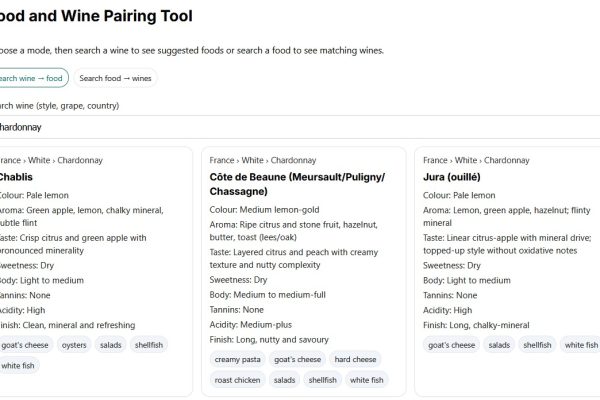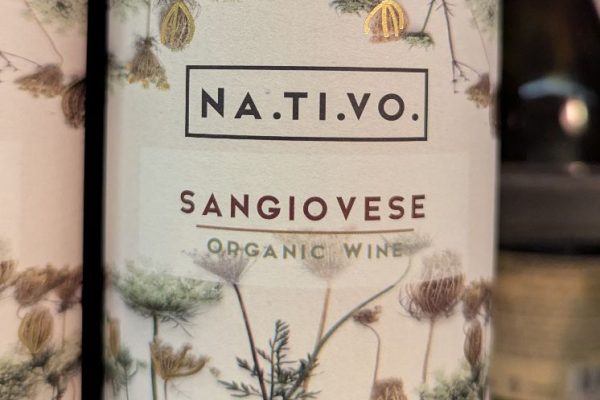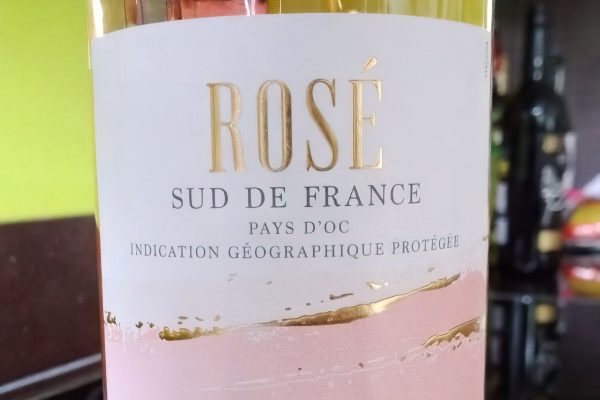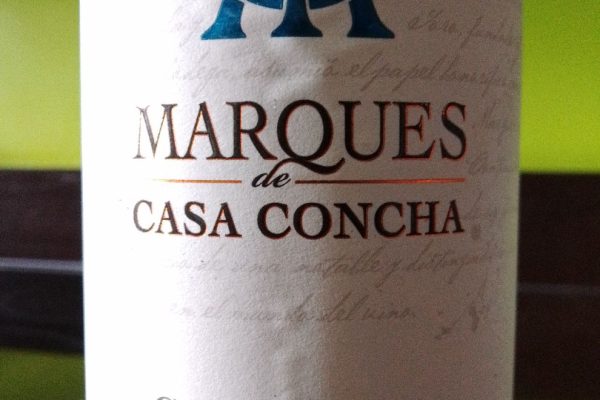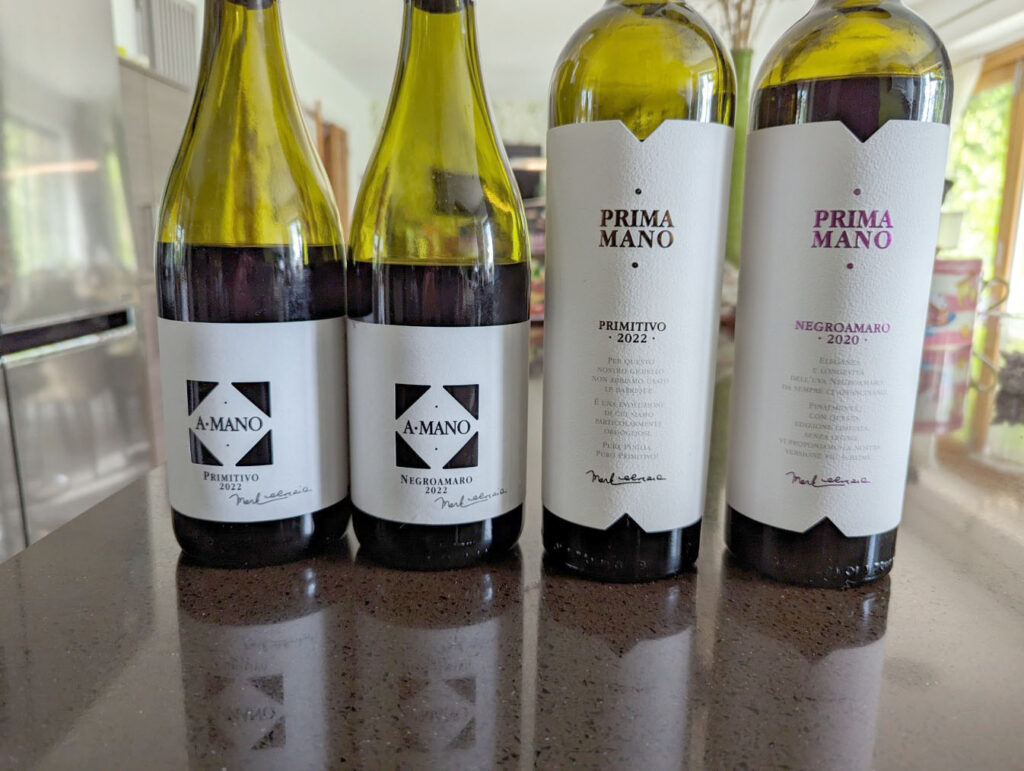
I first came across A Mano wines at the Liberty Wines trade and press tasting in January 2024. A Mano wines are produced by winemaker Mark Shannon, originally from California and marketing expert Elvezia Sbalchiero. These wines are made from old grape vines, aged between 70 and 100 years, in Puglia. The grapes are hand-harvested and fermented in open vats using natural yeasts.
Mark spends a lot of time in the vineyards to monitor phenolic development that contribute to the taste, colour and mouthfeel of the wines. The vines are small bush types called ‘alberello’, which are non-irrigated and low yielding. Harvesting is done a bit earlier in hotter summers, early in the morning to preserve acidity and freshness. The grapes are fermented cold to showcase the beautiful fruit, resulting in a lighter, more elegant style. Proudly, A Mano no longer uses barrels as they feel it doesn’t pertain to Puglia, and they were not used traditionally.
They have recently sent me their latest vintages to try. The ‘Prima’ variants are only produced in the best years.
The Negroamaro 2022 offers cherry notes and a herbal mix throughout the tasting experience, lending a delicate texture that is both refreshing and nuanced. The Primitivo 2022 is characterised by darker fruit on the nose and palate, providing a slightly richer, fruity flavour profile. The Prima Mano Negroamaro 2020, like the non-Prima counterpart, again offers a lighter style Negroamaro with more pronounced cherry and herbal notes, showcasing a more refined texture. The Prima Mano Primitivo 2022 also follows this trend with the light style Primitivo, yet with greater depth of flavour.
The newer vintages of the Prima versions differ from those I sampled at the Liberty Wines: Prima Mano Primitivo 2021 and Prima Mano Negroamaro 2017. The latest vintages seem to have a lighter style, which Mark says might be due to the subjective nature of tasting and the potential residue of my drinking other wines at the Liberty tasting.
The Prima Mano Primitivo 2022 stood out as the best among the latest release, proving to be an excellent, I would say unique, wine.








